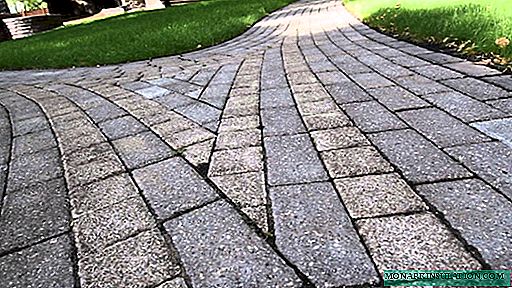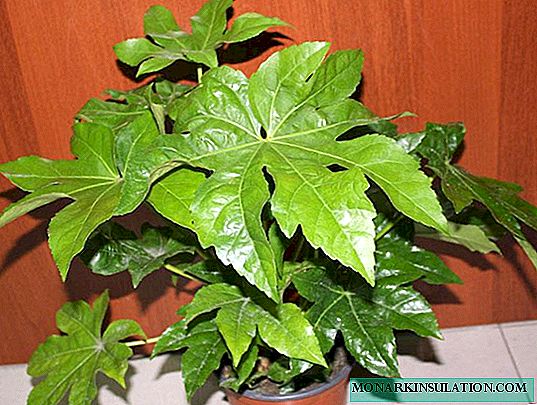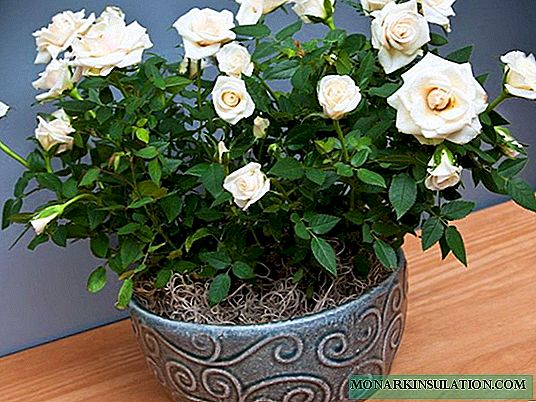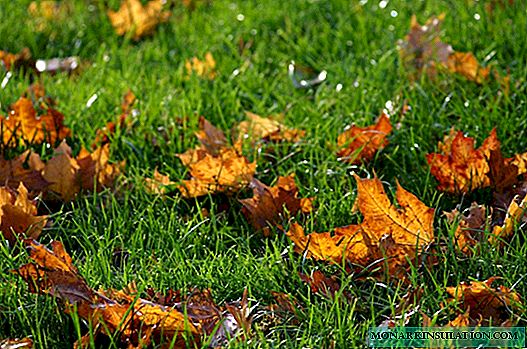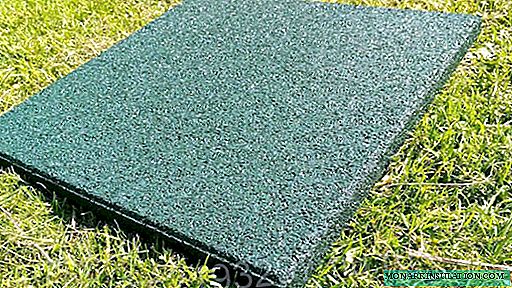
Not everyone knows about the existence of rubber tiles, but in Europe this material has long been deservedly popular. Rubber tile is a product of the processing of old tires, as a result, a large amount of waste rubber is utilized and a practical material is obtained, since natural rubber and high-quality synthesized rubber are used for the manufacture of tires. Laying a rubber tile does not cause difficulties, but there are a lot of advantages for this material.
Why is such a coating better than others?
Rubber crumb tiles have a diverse texture, are available in a wide range of colors, and the practical properties of rubber tiles distinguish it from paving stones.
The rubber tile is completely non-slippery, everyone knows how dangerous paving slabs can be on icy conditions. From temperature extremes, this material will not be cracked, during transportation and installation will remain completely intact. Having ordered a rubber tile, you can not be afraid that it will beat on the road.

Rubber tiles look very good, but one of its main advantages is its non-slip surface. This material significantly reduces the risk of injury and is especially relevant in playgrounds.
Abroad, such tiles are widely used in sports facilities because of the good adhesion of the surface to sports shoes - in sports fields, in halls, treadmills are made from it, it is also an excellent material for playgrounds.
Water areas of pools are also often surrounded by rubber tiles - it absorbs moisture well, and the risk of slipping on it is minimized.

If you have a pool in your country house or in a private house, the rubber tile will be an excellent material for finishing the near-water zone - wet legs on it will not slip, and it absorbs moisture well
This material can be a good choice for creating paths in the garden. You can choose rubber tiles for garden paths of interesting shapes, bright colors. With a good laying, such a tile will not wash out the rain, and the weeds through it will not sprout either.
Rubber tile is one of the most unpretentious, safe and practical coatings for almost any zone. If you choose this material for garden paths, you will be convinced of this - no special care will be required for them, the tiles are unlikely to have to be changed, they do not need painting. To remove dust and small debris from the track, it is enough to rinse it with a stream from the hose.
How to properly lay rubber tiles?
There are two main ways to lay this type of tile: on the ground and on a solid foundation.
Option # 1 - laying on the ground
This method is more relevant for the garden. For laying on the ground, tiles of greater thickness are used, material with a thickness of 30, 40, 50, 80 mm is suitable. In this case, the tile is laid on the base, which must first be prepared.

The scheme of phased laying of rubber tiles on the ground gives a visual representation of the sequence of work
First you need to remove the top layer of soil, clean it of weeds, well tamp. A layer of crushed stone (80-100 mm thick) is laid out on the compacted soil. A layer of cement-sand mixture is poured onto the soil layer (1/3 ratio). The top layer will be the base for the tiling.
When laying on the ground, it is desirable to establish a curb, it will give strength to the structure, and the track with the curb looks more aesthetically pleasing.

The border will make the track more durable, and its appearance will only win, especially if the same combination of colors is used for the tile for the track and for the border
The slope when laying on the ground does not need to be done, because the outflow of moisture will occur naturally. When laying on a cement-sand mixture, you need to choose a tile that connects with each other using bushings, usually they are included.
The bushings are used for strong joining of tiles, they do not allow them to move during laying and later on during the operation of the track.

A garden path made of bright rubber tiles of two colors, laid out on the ground, looks aesthetically pleasing, as the operation progresses, the structure will become stronger, because a mixture of cement and sand will become stronger under the influence of moisture
Option # 2 - laying on a solid base
Laying rubber tiles on a solid base is done using rubber tiles for tracks of greater thickness - 20 mm. The track can be laid on a wooden floor, concrete screed or asphalt pavement. For example, to tile an asphalt playground, to make a path on a wooden terrace.
The asphalt base must be smooth, without deformation. The surface must be primed. Mix in equal proportions polyurethane adhesive and acetone and treat the base with this homemade primer.
Concrete screed under the base may not be ideal. If there are cracks, depressions on the surface, small peeling - it does not matter. A primer is also used for processing. According to this technology of laying rubber tiles, you need to make small slopes for the drainage of water (about 2%). The material must be dry and clean. After you have primed the surface, you will need to glue the tiles to it using polyurethane adhesive.
Apply glue to the base with a roller, you can also use a spatula, firmly press the tile to it, ensuring its maximum fit to the base and to the tiles located next to it. After the glue hardens, the track will be ready for use.

Samples of rubber tiles of various shapes and colors. Choose an option that connects using sleeves, it is much more practical. Rubber tile with a mosaic puzzle compound is still on sale, but is being issued less and less since this method of attachment was not very practical

Resiplit is a special kind of tile for quickly creating tracks. Tiles just fit in the right place, connecting in a special way. The joints are colored with color and the appearance of the track is enlivened
Now you have an idea of how to lay and how to properly operate the rubber tile. Among other things, this material has good soundproofing and orthopedic properties, and for the garden these are good characteristics - the absence of excess noise and ease of movement.

